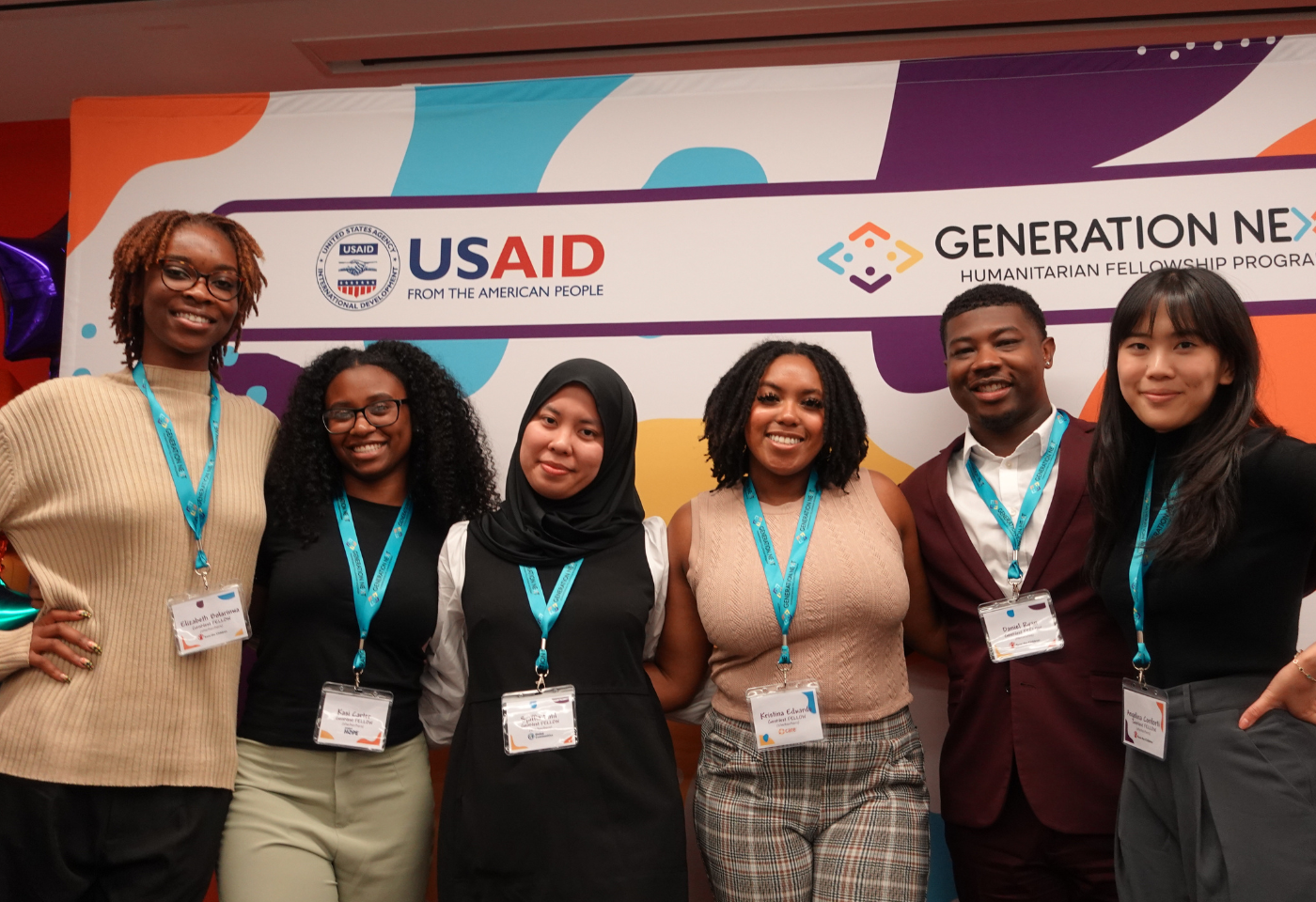
Elevating Latino Experiences and Voices in News About Racial Equity: Findings and Recommendations for More Complete Coverage
- Berkeley Media Studies Group
UnidosUS
-
Focus Areas
Capacity Building & Leadership -
Expertise
Media Advocacy & Communications -
Programs
Berkeley Media Studies Group

Every day, Latinos in the United States encounter—and work to dismantle—many forms of inequality. Latinos are disproportionately killed by police, face unaffordable rent and high risks of homelessness, and are more likely than non-Latino groups to experience hunger and material hardship, like difficulty paying bills. These are all racial injustices, rooted in fundamentally unequal systems and structures. Studying whether—and how—these issues appear in the news can help understand the connections between racial injustices and Latinos, the country’s largest ethnic minority. Beyond telling stories, the news can be a powerful vehicle for positive social change. Carefully crafted news can uplift dignified and humanizing stories that reflect the power of communities whose perspectives have been excluded from history books.
To gain a window into the current state of public discourse surrounding racial equity and to identify opportunities for improvement, PHI’s Berkeley Media Studies Group’s researchers, in consultation with UnidosUS, explored how Latino communities have been represented in national news about both racism and racial equity (including news about issues like inequities in wealth, housing, and health). BMSG reviewed news published in both print and online national outlets. BMSG studied the content, tone, and perspectives included in or excluded from news coverage and used our findings to make recommendations for journalists, advocates, and philanthropists to expand and deepen their understanding of racial equity and to improve news coverage of Latinos.
see the full reportSummary
BMSG’s analysis of national news from three time periods suggests that:
- Racism and racial equity were major news topics in 2020 (though coverage fell dramatically in 2021 and 2022), and across the board, news rarely referenced Latinos.
- California newspapers published the most stories about racial equity that also mentioned Latinos; however, Latinos were still underrepresented in news coverage in that state.
- News coverage tended to focus on problems facing Latino communities, with only 40% of articles mentioning solutions. When solutions did appear, they were related to closing the wealth gap, improving housing and homeownership, and advancing educational attainment.
- Few authors or speakers could be identified as Latino, and organizations representing Latinos rarely appeared in the news.
Findings
What we found: What the numbers tell us
- Racism and racial equity were major news topics in 2020, though coverage fell dramatically in 2021 and 2022. Across years, only 5.6% of articles referenced Latinos.
- California newspapers published the most news about racial equity and Latinos, but Latinos were still underrepresented, given the state’s high Latino population.
What we found: What stories about racial equity and Latinos tell us
- News articles most often used terms like Hispanic, Latino, or Latina.
- Finding: Few authors could be identified as Latino.
- Finding: News coverage described problems facing Latinos, but named solutions less often.
- Finding: Authentic voices appeared in only one-third of articles about racial equity and Latinos.
- Finding: Few speakers/sources could be identified as Latino.
- Finding: Latino organizations rarely appeared in the news.

When the news focuses only on problems without also exploring solutions, people — including policymakers — have a harder time envisioning next steps. Readers need to see the work that organizers and advocates are doing to improve their communities. Those are the kinds of stories that encourage action and instill hope.Pamela Mejia, MPH, MS
Head of Research, Berkeley Media Studies Group, Public Health Institute
Recommendations
Create messages that explicitly frame inequities facing Latinos as racial equity issues. This is something that everyone can do, whether they are approaching the issue as a journalist, philanthropist, organizer, or simply as a concerned resident.
- Whenever there is a story about [fill in the blank] aspect of racial equity, it must include Latinos.
- Whenever there is a story about Latinos, it must include [fill in the blank] aspect of racial equity.
Doing so can help demonstrate how policies affect Latinos across all issues. A racial equity angle can be applied to health, housing, education, and more.
Recommendations for reporters
- Broaden your sources.
- One of the fastest ways to ensure more representative coverage is to ensure that your sources come from diverse backgrounds and include Latinos.
- Ask more — and more nuanced — questions.
- Rather than trying to take on extra stories amid an already demanding schedule, some shifts to how you approach storytelling can help make your stories more thorough and inclusive. This involves looking at old questions in new ways and using an equity mindset to inform the questions you ask. In practice, that might look like this:
- Rethink common language choices.
- Language matters, and journalists often update industry guidance on what words and phrases to use or avoid. But nuance matters, too. Although Latinos often share a common heritage and many agree on major policy positions, they are not a monolith.
Recommendations for publishers & newsroom leaders
- It is critical for industry leaders to continue assessing and refining newsroom hiring and recruiting practices to help close the byline gap and create diverse teams that reflect the communities they cover. This requires looking not only at overall numbers within your masthead but at diversity within leadership positions. Who is reporting the stories? Editing them? Planning the editorial calendar? Making decisions when there are disagreements?
Recommendations for philanthropists
- Invest in providing media relations and strategic communication training for Latino researchers and community groups.
- Researchers can learn how to better translate findings into lay terms that appeal to broader audiences outside of medical journals; community groups can put strategic communication skills to use in writing opinion pieces and letters to the editor and/or serving as interview sources for reporters.
- Create and share press lists with grantees.
- Compiling media outreach lists can help jumpstart their efforts to build relationships with journalists.
Recommendations for advocates
- Build relationships with the media, especially regional and smaller outlets with high populations of Latinos.
- Latinos were underrepresented in news coverage of racial equity across all locations. To correct this imbalance, advocates must connect with reporters before there is a report to release or a story to pitch.
- Train Latino spokespeople.
- It is important for the communities most affected by an issue to be the ones to tell their own stories — to see their voices reflected back to them in the news.
Originally published by Berkeley Media Studies Group
Work With Us
You change the world. We do the rest. Explore fiscal sponsorship at PHI.
Support Us
Together, we can accelerate our response to public health’s most critical issues.
Find Employment
Begin your career at the Public Health Institute.


